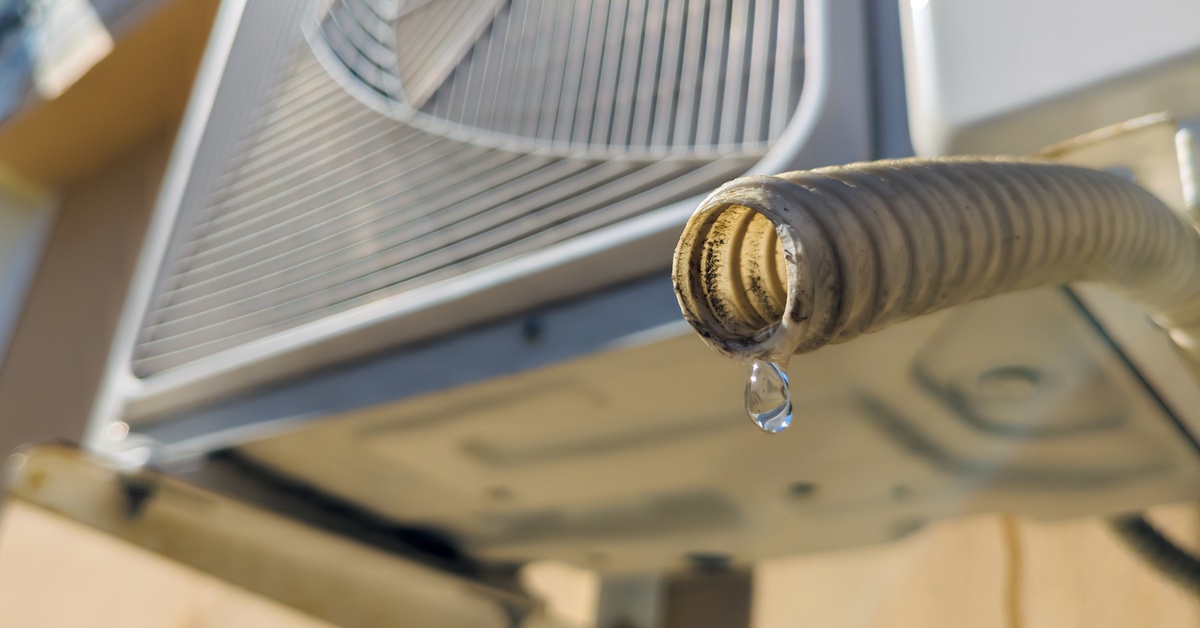We've all been there on a chilly winter morning. You throw off the blankets and hope to kick-start...
DIY Water Heater Maintenance Tips for Homeowners

Our water heaters serve a crucial purpose in our homes, providing us with hot water for bathing and cleaning. Regular water heater maintenance ensures your system operates efficiently, prevents costly repairs, and extends its lifespan. While you should call a professional if something's wrong with the water heater, there are some basic tasks you can do yourself to ensure it runs smoothly. Let's get into DIY water heater maintenance tips for homeowners.
Inspect the Pressure Relief Valve
The pressure relief valve serves as a critical safety mechanism that prevents dangerous pressure buildup inside your water heater tank. This can occur if the system overheats, the water pressure in your home is too high due to thermal expansion, or if there's a blockage. This valve automatically releases excess pressure and heat, protecting your home from potential tank explosions and damage.
Typically, you will find the valve on the side or top of the water tank, connected to a discharge pipe. To check that it's working correctly, lift the valve handle and listen for a rush of water or air, which indicates proper operation. If the valve fails to release water or air, or if you notice constant leakage around the valve, a replacement becomes necessary to maintain safety standards.
Drain and Flush the Tank
Sediment can accumulate in the tank, especially if you have hard water, and minerals may settle at the bottom. While this may not seem like a significant issue, that sediment can cause corrosion and reduce the efficiency of your water heater. To avoid this issue, do the following:
- Turn off the power source (gas or electric) to your water heater and let the water cool for several hours.
- Attach a garden hose to the drain valve at the bottom of the tank and direct the other end to a safe drainage location outside your home.
- Open the drain valve completely to empty the tank.
- Open the cold-water inlet valve to flush fresh water through the system until the drainage runs clear.
- Close the drain valve and remove the hose.
- Refill the tank by fully opening the cold-water inlet valve.
- Once the tank is full and air stops flowing from hot water faucets in your home, turn the power back on.
This process usually takes two to three hours and helps prevent efficiency loss and equipment failure.
Check for Leaks

Seeing a water pool around the water heater is never a good sign. As you inspect the unit, verify that the floor around it feels dry and that there's no water dripping from the connections. You'll also want to look for rust-colored stains on the floor or walls surrounding the system, as this can indicate a slow leak. Likewise, examine the inlet and outlet connections at the top of the tank; if they're loose, water may leak out.
Test the Anode Rod
Your water heater's anode rod “sacrifices” itself to protect the tank by preventing corrosion. The anode rod attracts corrosive elements in the water, such as minerals and oxygen, to itself so they don’t attack the tank's metal lining, causing it to rust.
Locate the anode rod access point at the top of your water heater, often covered by a plastic cap or integrated into the hot water outlet. Carefully remove the rod using a socket wrench, as it may require significant force if you haven't serviced it recently. Inspect the rod for signs of heavy corrosion, bare metal exposure, or considerable diameter reduction from its original size.
Pro Tip
You should replace this component every 3-5 years, but timing depends on water quality and usage patterns. Regular inspections help determine when a replacement becomes necessary to maintain tank protection.
Clean Around the Water Heater
Another water heater maintenance tip for homeowners is to keep the area around the water heater free of debris. As you inspect the appliance, ensure there's proper ventilation around it, especially if it's gas-powered; being surrounded by combustible materials and having poor air flow becomes a fire hazard.
As you tidy the area, ensure there's at least 18 inches of clearance on all sides of the water heater. Sweep away dust, debris, and lint that accumulates around the base and sides of the water heater over time. Additionally, clean the area beneath the unit to better detect potential leaks or problems that might otherwise go unnoticed.
Insulate the Tank and Pipes
Proper insulation reduces heat loss and improves energy efficiency, thereby lowering your monthly utility bills and minimizing environmental impact. To insulate your pipes, buy pre-cut insulation blankets designed for water heaters. When installing tank insulation, avoid covering the thermostat, pilot light, or gas control valve on gas units, as these components require proper ventilation for safe operation. Cut openings in the insulation blanket to accommodate these essential components and controls.
You'll also want to insulate your pipes since this can prevent heat loss as water travels from the heater to the fixture. To insulate your pipes, you can use foam pipe insulation or wrap them with heat tape. Both of these methods can help prevent your pipes from freezing in colder temperatures and improve your water heater’s efficiency.
Inspect and Tighten Loose Connections

Thermal expansion and contraction gradually loosen pipe fittings and electrical connections over time, which increases the risk of leaks and performance issues. Before doing anything, examine the unit and all the connections and fittings at the top of the tank. You'll want to pay extra attention to the cold-water inlet and hot-water outlet pipes and tighten them gently if they seem loose.
Be careful when fixing loose connections, as you don't want to overtighten anything. If a connection is severely loose, consider replacing any worn-out fittings or pipes to prevent future problems.
Know When To Contact a Professional
Some water heater problems require professional expertise and specialized tools to resolve them safely and effectively. For example, while you should check all the connections, including the electrical connections of the appliance, avoid messing with this area—water and electricity are a dangerous mix.
Likewise, you should contact a qualified technician if you discover significant leaks from the tank itself, experience no hot water despite a proper power supply, or notice frequent tripping of the reset button on electric units. Gas water heater issues involving the pilot light, gas supply lines, or venting systems always require professional attention due to safety concerns.
A professional can also assist with annual maintenance and verify that your water heater operates as it should. During these checks, the technician may also clean out any sediment buildup in the tank, which can extend its lifespan and improve energy efficiency.
Contact Us
Regular water heater maintenance is crucial for ensuring hot water flows efficiently and preventing costly repairs. Capitol Supply & Service is your trusted partner for mobile home water heaters and repair services. We've been in business since 1976 and will treat your property with the same care we would give our own. Contact us today to schedule your annual maintenance or discuss any concerns you may have about your current water heater.



